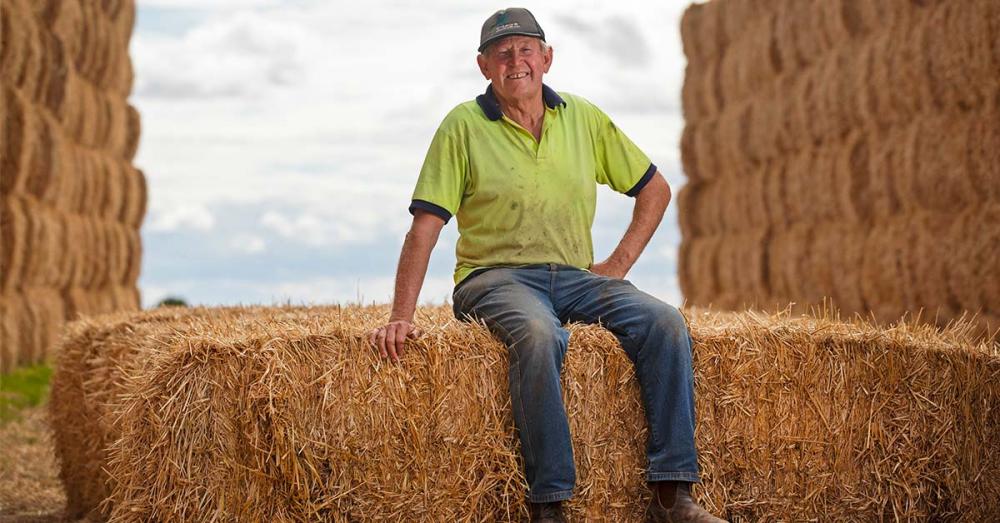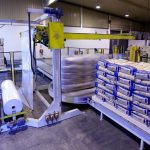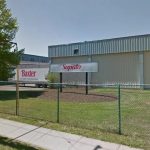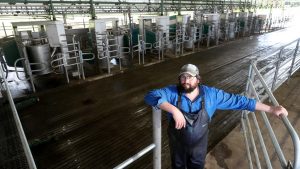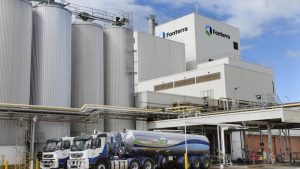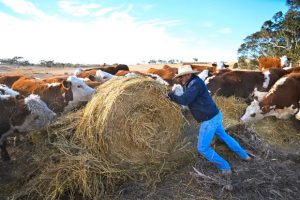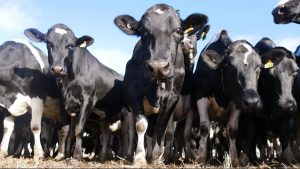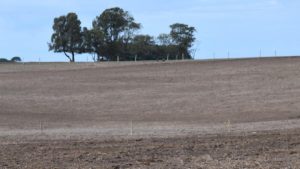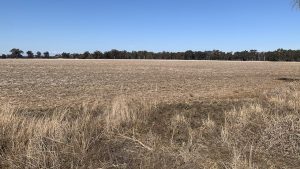
Last year’s fires seared through 18.6 million hectares over a six-month period with no state untouched, killing 100,000 sheep and 25,000 cattle, and also wiping out 1250 beehives and 3500ha of vineyards.
The final tally of losses was lower than initially anticipated, with early estimates by analysts putting stock losses as high as 450,000 head.
The other silver lining was the fires marked the end of a protracted drought period and the Australian pastoral sector is surging in response to unexpectedly high rainfall events and cooler than usual temperatures so far this summer.
Central Victorian hay cropper Dave Cossar says he is in the fifth year of an exceptional run for his district, which was one untouched by last year’s fires.
His hay business surged on the back of the feed shortage resulting from the drought and the fires, but he says this year all regions are benefitting from moisture with exceptional feed levels depressing demand for his hay supplies.
Last year he donated significantly to help farmers hit by the devastating fires (see Farmers Weekly February 25, 2020).
His region, which only receives about 400mm of rain a year, got 120mm of that last April alone and rainfall continued with generous spring downfalls kicking crops along well into this summer.
“And December has been one of the coolest on record for Victoria – even in January we have not had any real heat yet,” Cossar said.
A new baler he purchased this year, partly aided by a generous government covid allowance of $150,000 per farm business, has already worked through 44,000 bales.
Australian Fodder Industry Association chief executive Paula Fitzgerald says the biggest issue facing farmers was finding space to store fodder surpluses this year, with demand for hay being low for several months and not expected to increase.
All of southern Australia is reporting some of the highest yielding crops seen in years and for some areas harvesting has been limited due to exceptionally wet weather.
Australian farmers are presently in the process of restocking post-drought, and agents are reporting demand for stock is also intensified by the “grass fever” market driven by good crop and grass growth and a capital livestock shortage.
Cossar says all livestock classes have experienced surges in values.
“For example, 12-month weaner steers that were selling at $1100 a head last year are $1800 this year, and that is right up the eastern seaboard and in New South Wales,” he said.
There were expectations that in-calf cows could be worth up to $4000 each amid stock shortages and even four-day bull calves had sold for $300 a head.
Southern Victoria farmer and BlazeAid charity manager Kevin Blake said he had just sold 2500 store lambs for $146 a head in what has proven to be a “fabulous” summer to date.
“I think that if you cannot make money this year there is something wrong with you,” Blake said.
He says some buyers with deep pockets are paying up to $400 a head for ewes this year.
Cossar says the renewed optimism within rural Victoria after a tough few years for some districts is now feeding into land prices throughout the state, as well as livestock prices.
“Good potato country that sold for $7000 an acre four years ago sold last year for $11,000. Broadacre cropping country southwest of Ballarat has sold for $7500 an acre, that does not seem sustainable,” Cossar said.
Thomas Elder Markets analyst Matt Dalgleish has highlighted the stock building process happening in Australia.
He reports lamb throughput at yards along the east coast being 16% up on average, and as high as 33% up in Victoria.
Meanwhile, lamb slaughter rates are well down at 22% below seasonal averages and beef cattle slaughter numbers are a third lower than the five-year average, and 43% behind that seen a year ago.
